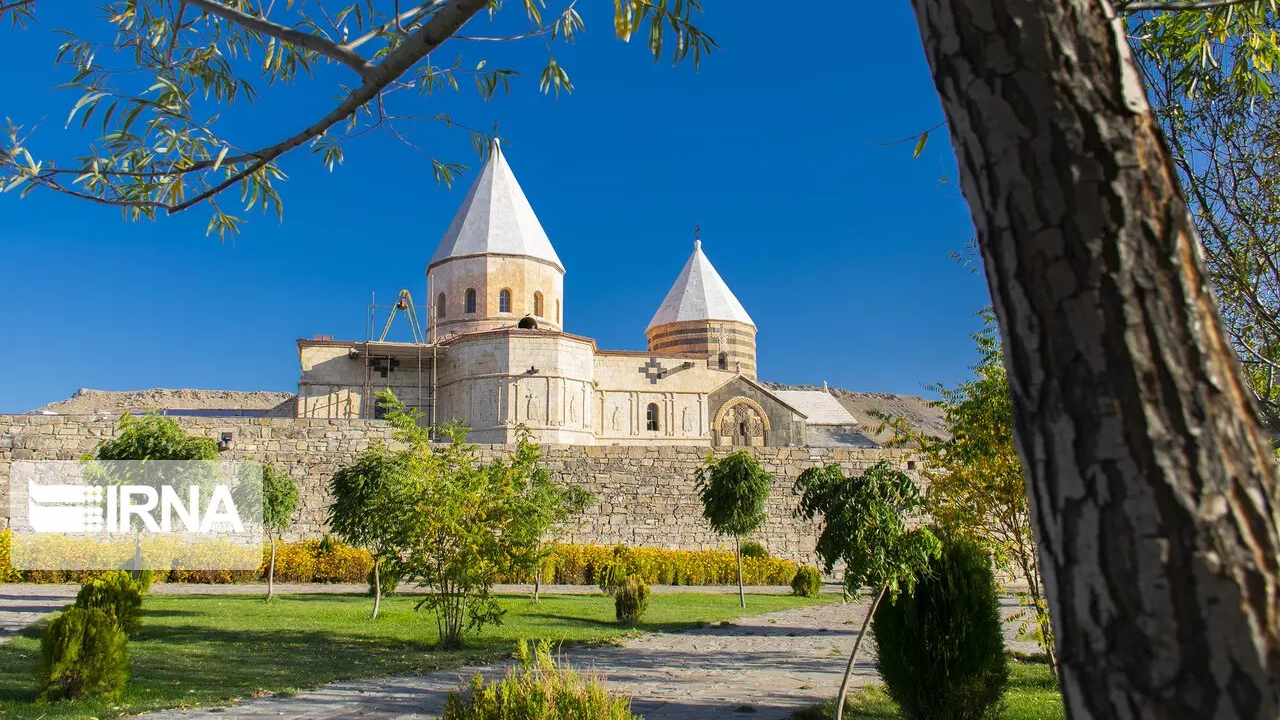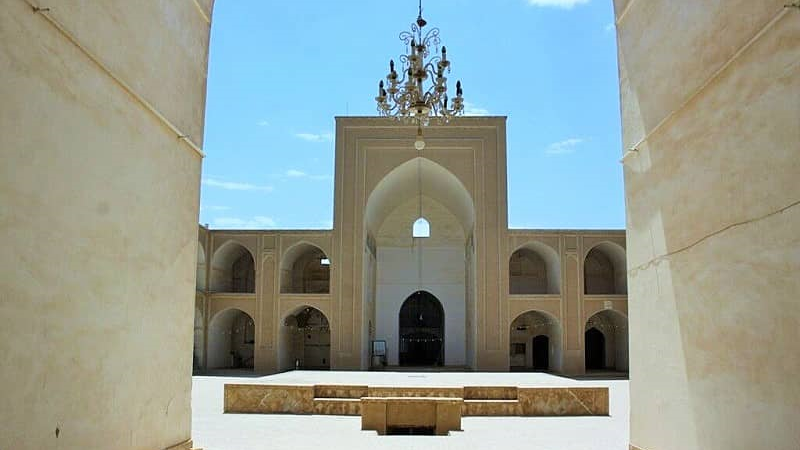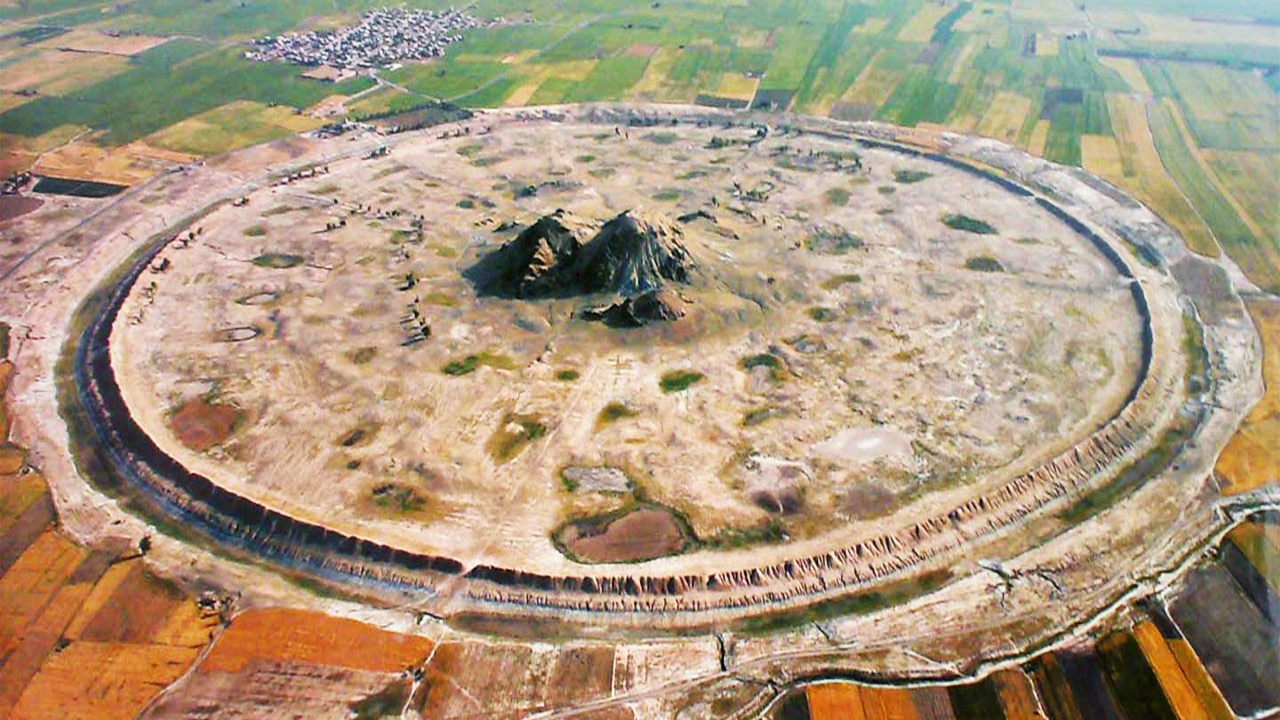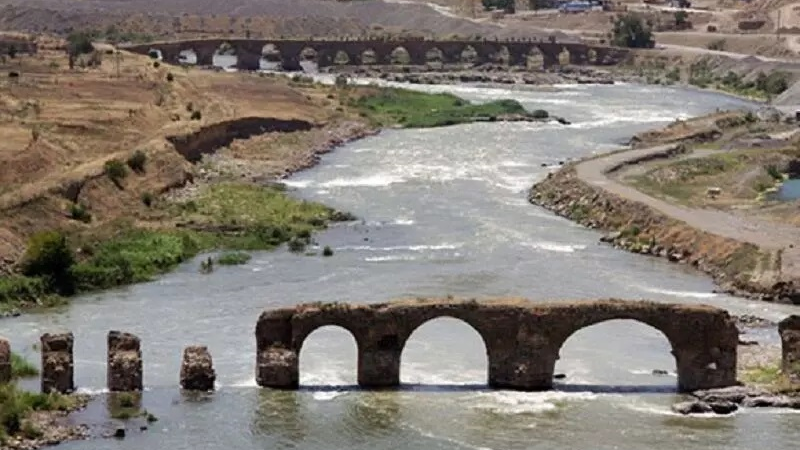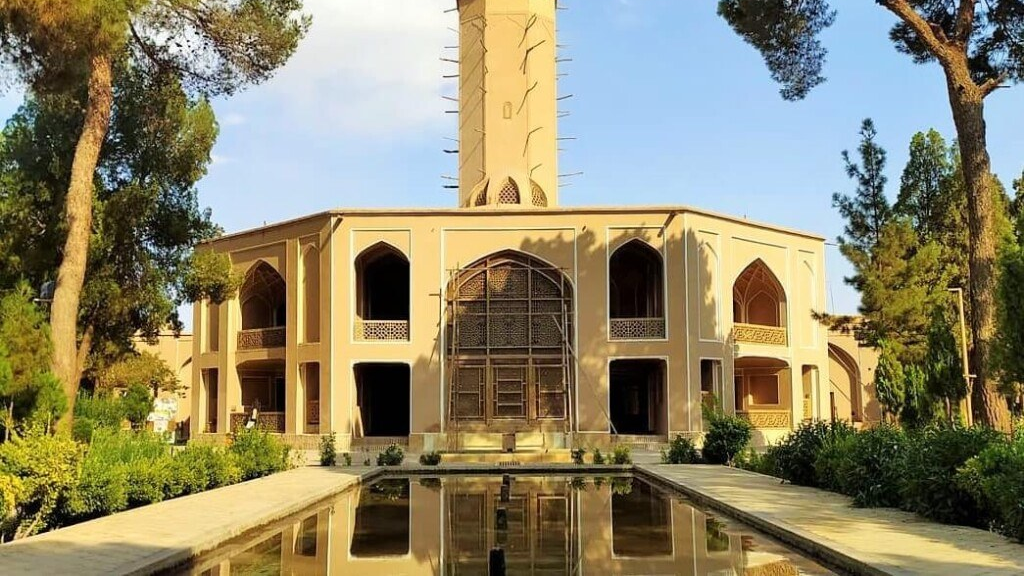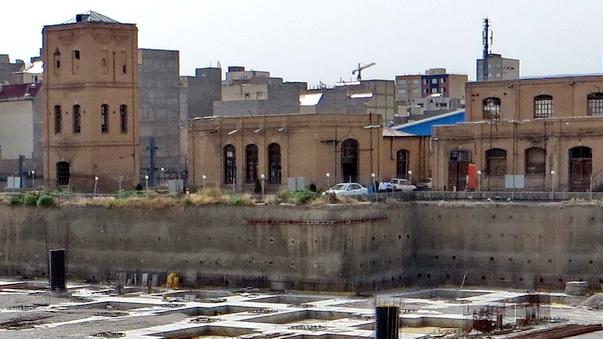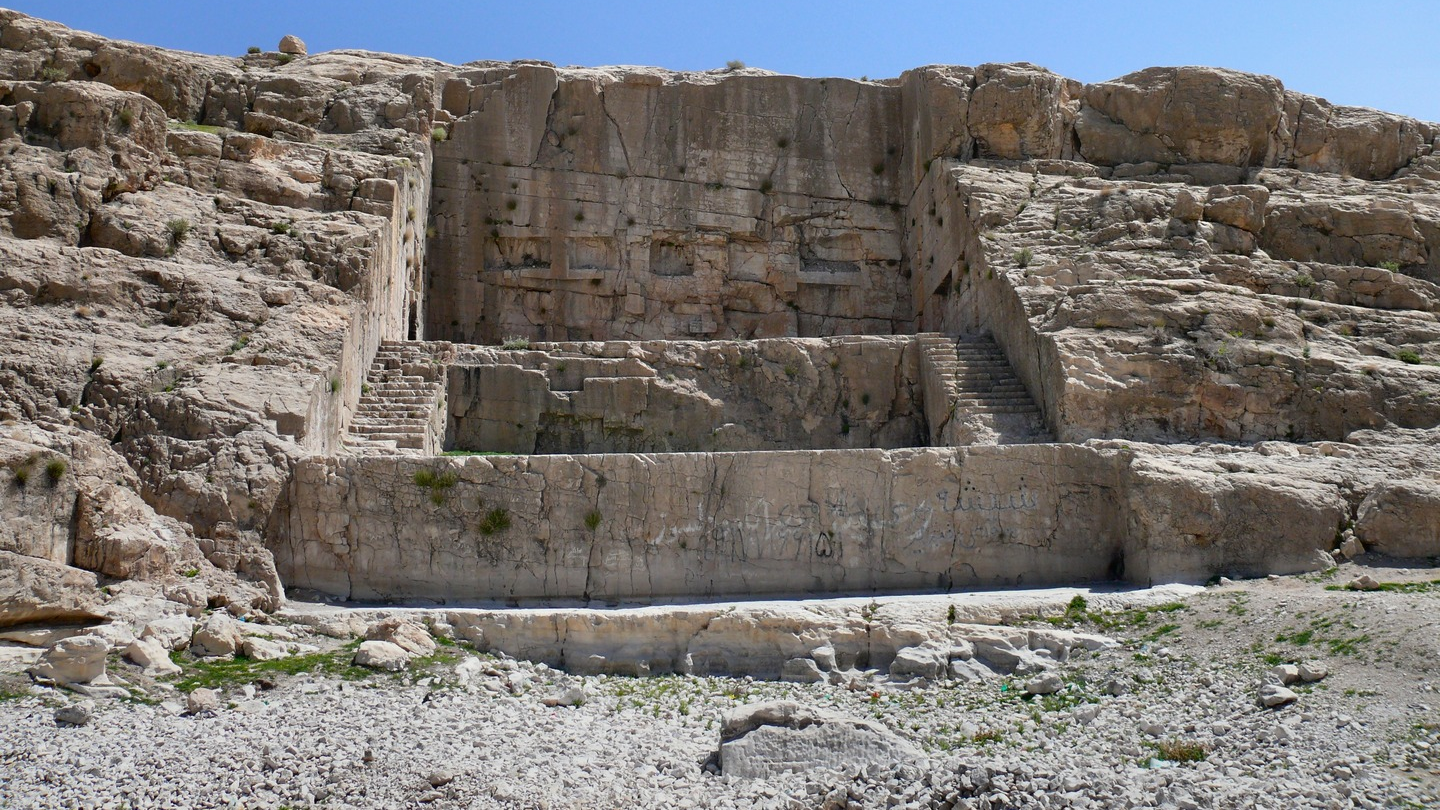
The Akbarieh Garden of Birjand is aperfect example of the Persian Garden.
Throughout history, every nation and culture has developed innovations in architecture and spatial organization suited to its environment and traditions. The “Persian garden” is one such remarkable innovation by the Iranian people — a distinctive style of environmental design that harmonizes with nature’s features. Interestingly, Persian gardens were often created in arid and desert regions, where ingenious irrigation systems were designed to ensure maximum efficiency and minimal water waste. Balance and symmetry play a central role in the design of Persian gardens, evident in their carefully aligned elements. This symmetry is one of their defining characteristics and a key reason why anyone who spends time in one of these gardens experiences an unforgettable sense of tranquility. The Akbariyeh Garden of Birjand, located in northeastern Iran, is a splendid example of the Persian garden tradition and has been inscribed on UNESCO’s World Heritage List.
History of Akbariyeh Garden, Birjand
Birjand is a city in northeastern Iran and the capital of South Khorasan Province. In the past, it served as one of the centers of local governance. The local rulers of Birjand lived in a citadel (Arg) that was originally separate from the urban area. However, as the city expanded and the population increased, the citadel gradually became surrounded by residential neighborhoods. This development prompted the rulers to establish a new governmental residence. During the era of Ali Akbar Khan Heshmat al-Molk, around the late 18th century—when power transitioned from the Zand dynasty to the Qajar dynasty—a mansion was built that later became known as Akbariyeh. This mansion, located in the easternmost part of the Akbariyeh Garden, is considered the oldest structure within the complex. After Heshmat al-Molk, his son Shokat al-Molk, who served as the governor of the region, expanded the garden surrounding the mansion, transforming it into the splendid complex seen today. During this period, the garden became a venue for grand celebrations and ceremonies, attended by both domestic and foreign guests. After Shokat al-Molk, his son Asadollah Alam—a prominent political figure during the Pahlavi II era, who served as Prime Minister of Iran from 1962 to 1964—inherited the garden. He resided in the garden during certain times of the year. Following the 1979 Islamic Revolution, the garden was repurposed as the headquarters for several governmental institutions. Eventually, in 1992, a plan was proposed to transform the main mansion into a museum. In the years that followed, other sections of the garden were converted into university facilities.
 Photo: The Mansion of Akbariyeh Garden, Birjand
Photo: The Mansion of Akbariyeh Garden, Birjand
Features of Akbariyeh Garden in Birjand
The area of Akbariyeh Garden covers 45,000 square meters. One of the interesting aspects of its construction is the use of the Russian architectural style in certain parts of the complex. The garden clearly displays the three main features of a traditional Persian garden: the central role of water in spatial design, the presence of a grand mansion, and high surrounding walls enclosing the garden. The layout of the garden follows a cruciform (cross-shaped) pattern, a design that originated during the Achaemenid period (1st millennium BCE) and became a hallmark of Persian architecture. The garden has several pathways lined with tall pine trees, interspersed with pomegranate and mulberry trees.
Structurally, the garden is divided into northern and southern sections. The southern garden is smaller but contains several buildings, including service quarters, stables, and residential spaces, as well as a square central pool. Both sections are built on sloping terrain, with the main mansion located at the highest point of the garden. This two-story building features exquisite decorations, stained-glass sash windows (orsi), and intricate arabesque and geometric motifs, giving it an atmosphere of grace and grandeur.
Museums of Akbariyeh Garden, Birjand
Parts of this garden have been dedicated to establishing museums. One of them is the Archaeology Museum, which began operating in 1992 (1371 AH). The Archaeology Museum of Akbariyeh Garden is the largest museum in South Khorasan Province and displays a variety of artifacts such as pottery, ancient coins, weapons, and antiques. Some of the items in this museum date back to the third millennium BCE.
Another museum located in the garden is the Anthropology Museum, which exhibits objects related to the daily life and culture of the local people. The Wildlife Museum of the complex also showcases rare specimens of animal species native to the region.

National and World Registration of Akbariyeh Garden of Birjand
The Akbariyeh Garden Complex was inscribed on Iran’s National Heritage List in 1993 (1372 in the Iranian calendar). In 2011, its name, along with eight other gardens, was registered on the UNESCO World Heritage List as part of the “Persian Garden” collection.
| Name | The Akbarieh Garden of Birjand is aperfect example of the Persian Garden. |
| Country | Iran |
| State | South Khorasan |
| City | Birjand |
| Type | Historical,Natural |
| Registration | Unesco,National |








Choose blindless
Red blindless Green blindless Blue blindless Red hard to see Green hard to see Blue hard to see Monochrome Special MonochromeFont size change:
Change word spacing:
Change line height:
Change mouse type:
